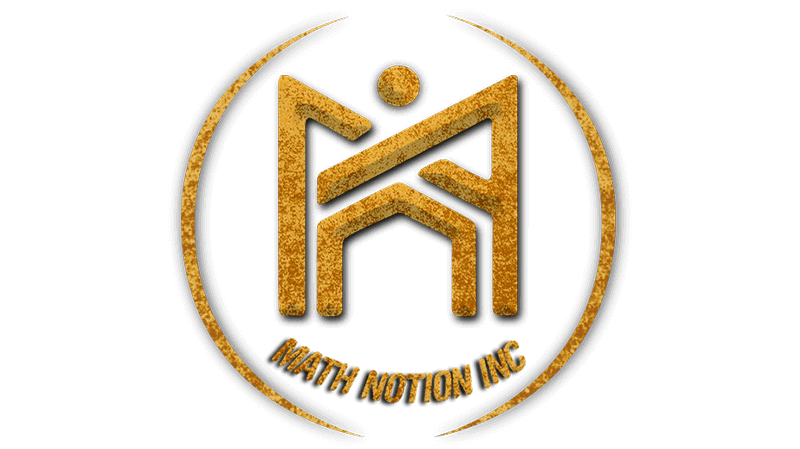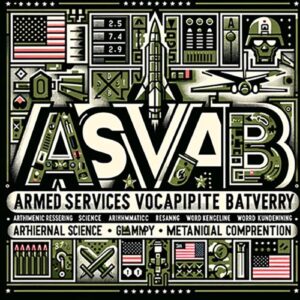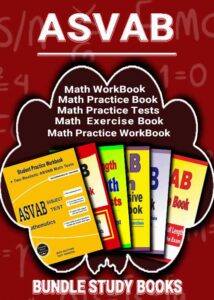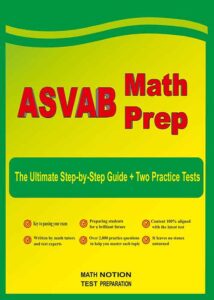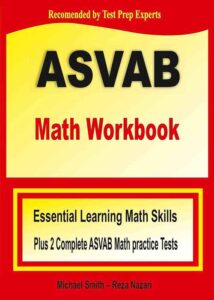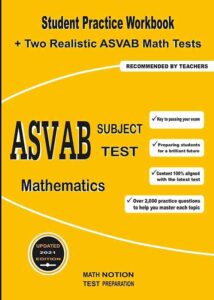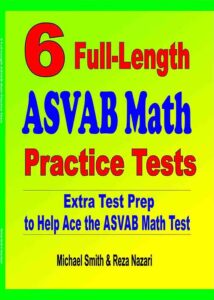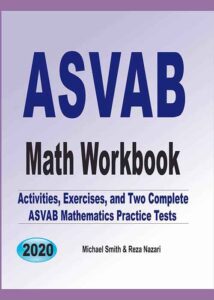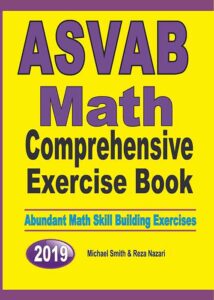
Study Time: 2minutes
How to Prepare for the ASVAB Test?
The Armed Services Vocational Aptitude Battery (ASVAB) test, developed by the Department of Defense, is a pivotal assessment for young adults aiming to pursue a career in the military. Recognized for its rigor and comprehensive nature, the ASVAB is designed to evaluate an individual’s strengths and suitability for military training and career paths.
Understanding the ASVAB Test Format
The ASVAB is administered in two primary formats:
- Recruitment Version: Conducted at Military Entrance Processing Stations for recruitment purposes.
- Career Exploration Program: Offered in high schools, junior colleges, Job Corps centers, and various facilities for vocational exploration.
Featuring a series of multiple-choice questions, the ASVAB encompasses ten distinct sections, including Word Knowledge, Arithmetic Reasoning, Verbal Expression, Assembling Objects, Mechanical Comprehension, Automotive and Shop Information, Mathematics Knowledge, General Science, Paragraph Comprehension, and Electronics Information. Each section ranges from 10 to 36 minutes, culminating in a total test duration of approximately 3 hours.
Critical Subjects in ASVAB
The performance in four core areas – Word Knowledge, Paragraph Comprehension, Mathematics Knowledge, and Arithmetic Reasoning – is crucial in determining a candidate’s readiness and potential for military training.
Focusing on ASVAB Math Knowledge
The ASVAB Math Knowledge segment tests basic mathematical principles, terms, and concepts typically covered in high school-level courses. In the CAT-ASVAB version, candidates face 16 questions with a time limit, while the P&P-ASVAB comprises 25 questions. This segment evaluates the candidate’s understanding of algebra, geometry, fractions, percentages, exponents, and other foundational math concepts.
Preparing with ASVAB Math Practice Tests
To excel in the ASVAB Math Knowledge segment, candidates are encouraged to engage in rigorous practice. Numerous online and offline resources provide ASVAB Math practice tests, which are instrumental in familiarizing candidates with the test format, identifying weak areas, and honing their problem-solving skills. Regular practice helps build confidence and ensures readiness for the final exam.
Interpreting ASVAB Scores
ASVAB scores are based on an Item Response Theory (IRT) model, which aligns test questions and candidate abilities on a unified scale. This model enables a tailored testing experience and standardized scoring across various item combinations. Scores are reported as percentiles ranging from 1-99, with a score of 50 indicating average performance compared to a nationally representative sample of 18 to 23-year-old youth.
Strategies for ASVAB Success
- Understand the Test Structure: Familiarize yourself with the format and types of questions in each ASVAB section.
- Focus on Core Subjects: Prioritize studying for the four key areas that significantly impact your overall score.
- Utilize Practice Tests: Regularly take practice tests to gauge your understanding and improve your test-taking strategies.
- Strengthen Math Skills: Concentrate on mastering the fundamental concepts of high school-level math.
- Time Management: Develop efficient time management skills to navigate through each section effectively.
- Review and Analyze: After each practice test, review your answers to understand your mistakes and learn from them.
- Stay Informed: Keep abreast of any updates or changes in the ASVAB testing format.
- Seek Support: Consider joining study groups or seeking help from tutors if necessary.
Conclusion:
Preparing for the ASVAB requires a strategic approach, focusing on key subjects, and consistent practice. By understanding the test’s structure, mastering crucial math concepts, and utilizing practice tests effectively, you can significantly enhance your chances of achieving a high score. Remember, your dedication and preparation for the ASVAB are the first steps toward a rewarding career in the military.
